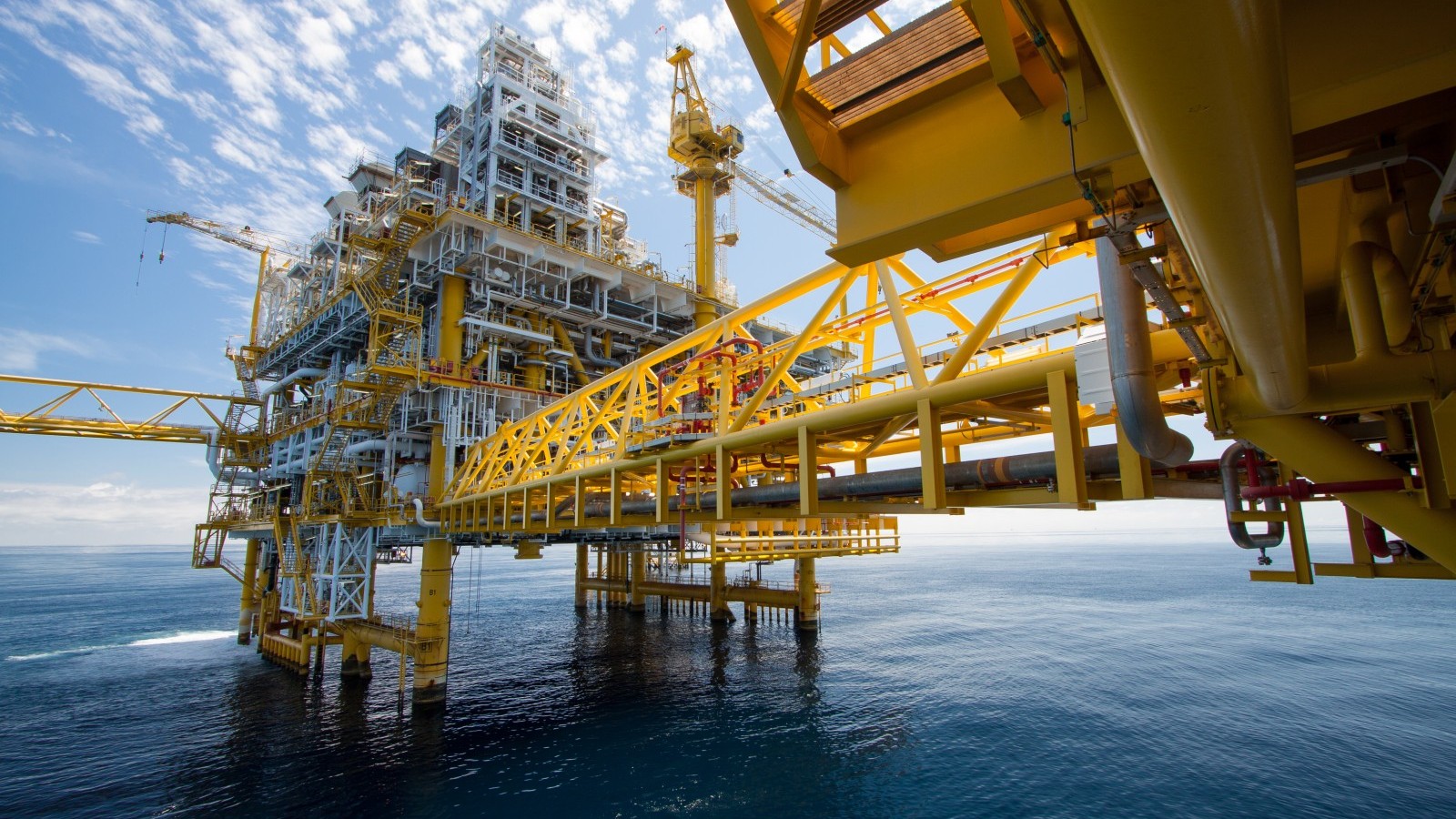Next Wednesday marks the sixth anniversary of the Deepwater Horizon spill, the BP gusher that killed 11 workers and released at least 4 million barrels of oil into the Gulf of Mexico. On Thursday, the Obama administration finalized a set of regulations that will help ensure we never have to witness this kind of disaster again — or so the administration claims. But environmental experts have real concerns about the rule’s rigor and implementation.
The new rule — the result of years of investigations by the Department of Interior, the Department of Homeland Security, and the National Academy of Engineering — will tighten standards for blowout preventers (the type of device that failed spectacularly in 2010). It will also strengthen the design of other offshore well elements, including wellheads and the steel casings used in construction.
Speaking to press on Thursday, Interior Secretary Sally Jewell cited the complexity of oil drilling technology as one of the reasons why the regulations took six years to compose. And learning from the blowout was a part of taking time “to do this right,” she said.
“As offshore oil and gas production continue to grow every year and our dependence on foreign oil continues to decline, we owe it to the American people to ensure we are developing these resources responsibly and safely,” said Jewell, who was once a petroleum engineer in Oklahoma.
Asked point blank on a press call if the blowout preventers will be fail-safe, Brian Salerno, director of the Bureau of Safety and Environmental Enforcement, said he couldn’t give a conclusive answer. “We do believe this is a significant increase in the level of safety,” he said.
The new regulations incorporate several existing industry standards, produced by the likes of the American Petroleum Institute. API’s reaction to the announcement has been relatively calm.
But environmentalists have found much more to criticize.
A major concern is how rigorous the rule is around severing capability, the ability of blowout preventers to seal a pipe or wellbore by cutting through the pipe or casing in the event of a leak.
Liz Birnbaum, former director of the Minerals Management Service and an expert in offshore energy development, also pointed to the long phase-in periods that appear in the proposed regulations. “The rule says that they have three more years to set up real-time monitoring [of oil-well safety by onshore personnel],” Birnbaum told Grist. “Which is just insane.” She pointed to the fact that BP was able to set up real-time monitoring in less time than that after the Deepwater Horizon spill. “It doesn’t take three years.”
Environmental groups worry about providing too much flexibility for industry players, too. The only solution, Director of Environment America’s Stop Drilling Program Rachel Richardson said, “is to transition away from dirty fuels altogether.”
With respect to blowout preventers, Birnbaum argues that industry is being given too much temporal wiggle room to update their technology. In drilling operations, companies aren’t currently required to install parts that center the drill pipe during severing operations — which was exactly the problem during the Deepwater Horizon spill. The regulations would require them to do so, but not for another seven years.
Before the seven years are up, the Gulf of Mexico may be open for another 10 offshore leases, based on Obama’s proposed five-year offshore drilling plan. According to Birnbaum, “Another seven years is seven years too long.”



